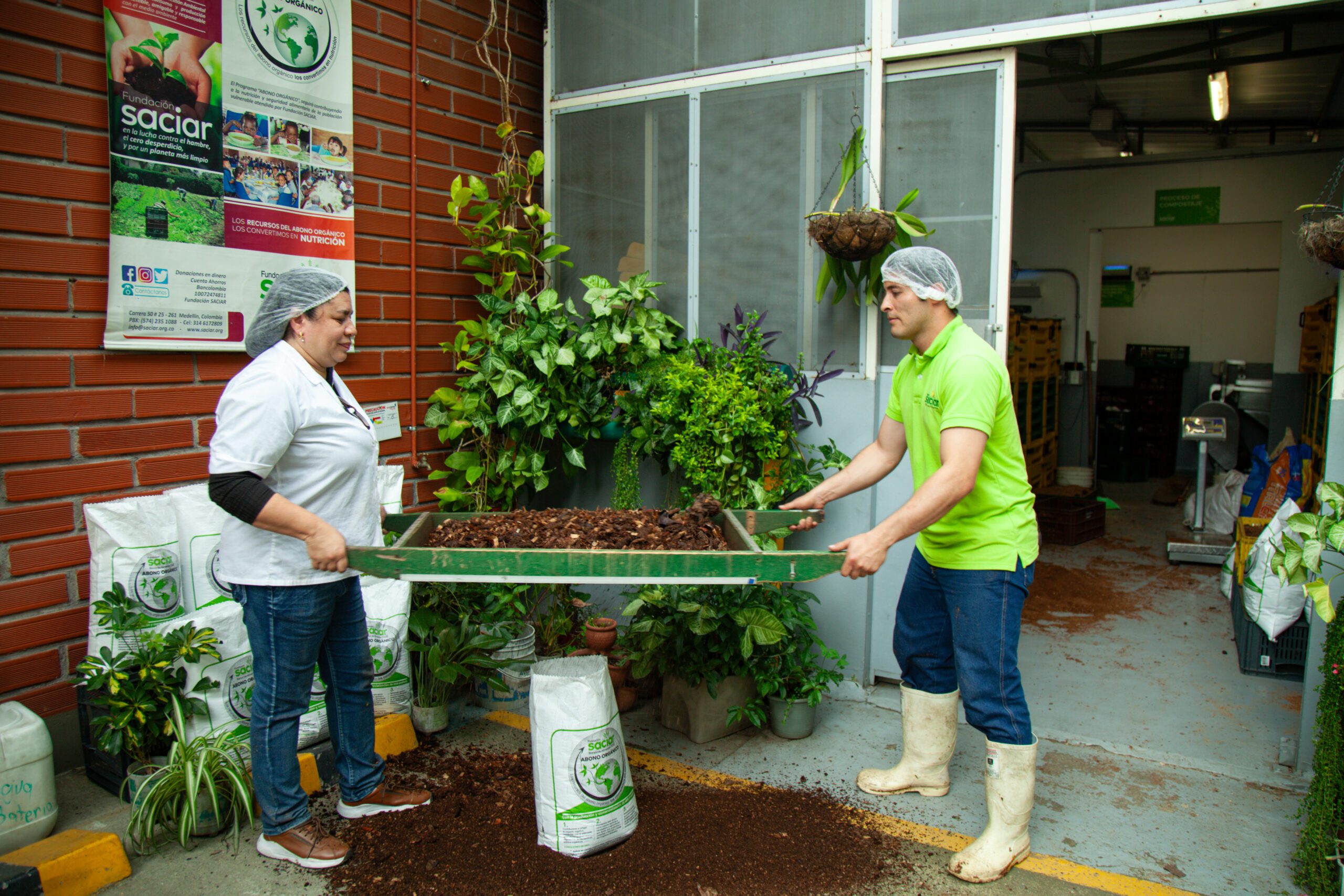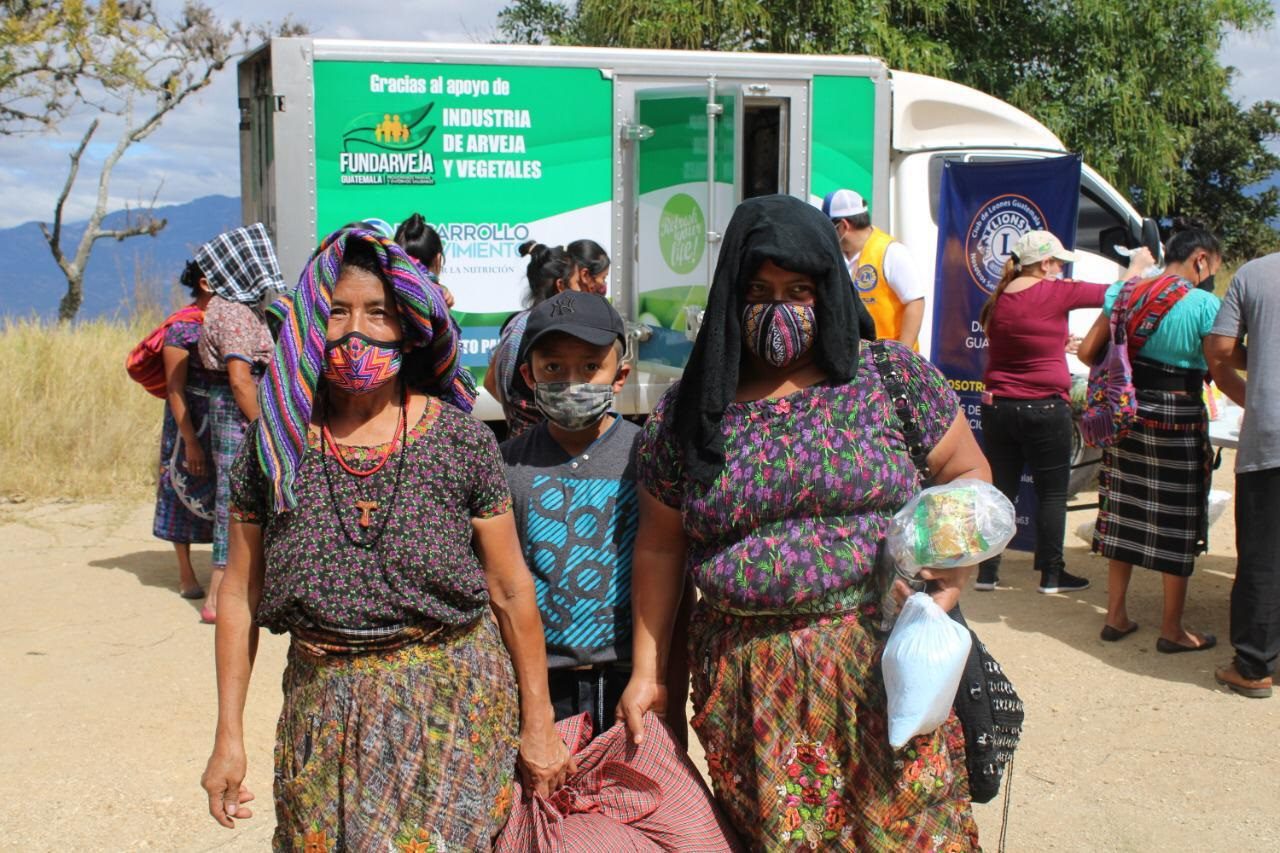As she pulls off the lid, steam billows up from the heaping pot of chicken and rice and fogs Rosario Gutierrez’s glasses. The chickens used to prepare the meal were raised here in town. Beans simmering in an adjacent pot were also grown a stone’s throw from the outdoor kitchen.
“Mmmmm, smells good,” she tells the cooks, other mothers in the community who regularly prepare meals for schoolchildren in their town of Ishama’ana, in Colombia’s northeastern La Guajira state.
Rosario and the others spoon chicken and rice onto plates alongside a banana and then pour glasses of milk. Right on cue, lines of schoolchildren make their way under the blazing midday sun toward rows of tables filled with plates under the shade of thatched roofs.
Dozens of children say a prayer in wayuu, the local language of the region’s ethnic group of the same name, before they dig in. Everyone is hungry after an energetic morning at school. Four-year-old Ivana Jusaya Armas eats her rice with gusto and then washes it down with milk. She’s a healthy height and weight for her age. All the children here are.
But that’s not the case in many of the surrounding wayuu villages, and it wasn’t like this in Ishama’ana until recently. In 2024, 31 children under 5 years old died from acute malnutrition in La Guajira, the most in the country.
“There are families here that would go full days without eating,” says Rosario, 68, the Indigenous leader of the community. “Well, they did until the food bank arrived.”
Across dozens of wayuu communities, La Guajira Food Bank (Banco de Alimentos de La Guajira, in Spanish), part of the ABACO network of food banks across Colombia, has embarked on the challenging but critical mission of transforming some of the country’s most marginalized communities through programs that go well beyond what most expect from a food bank.
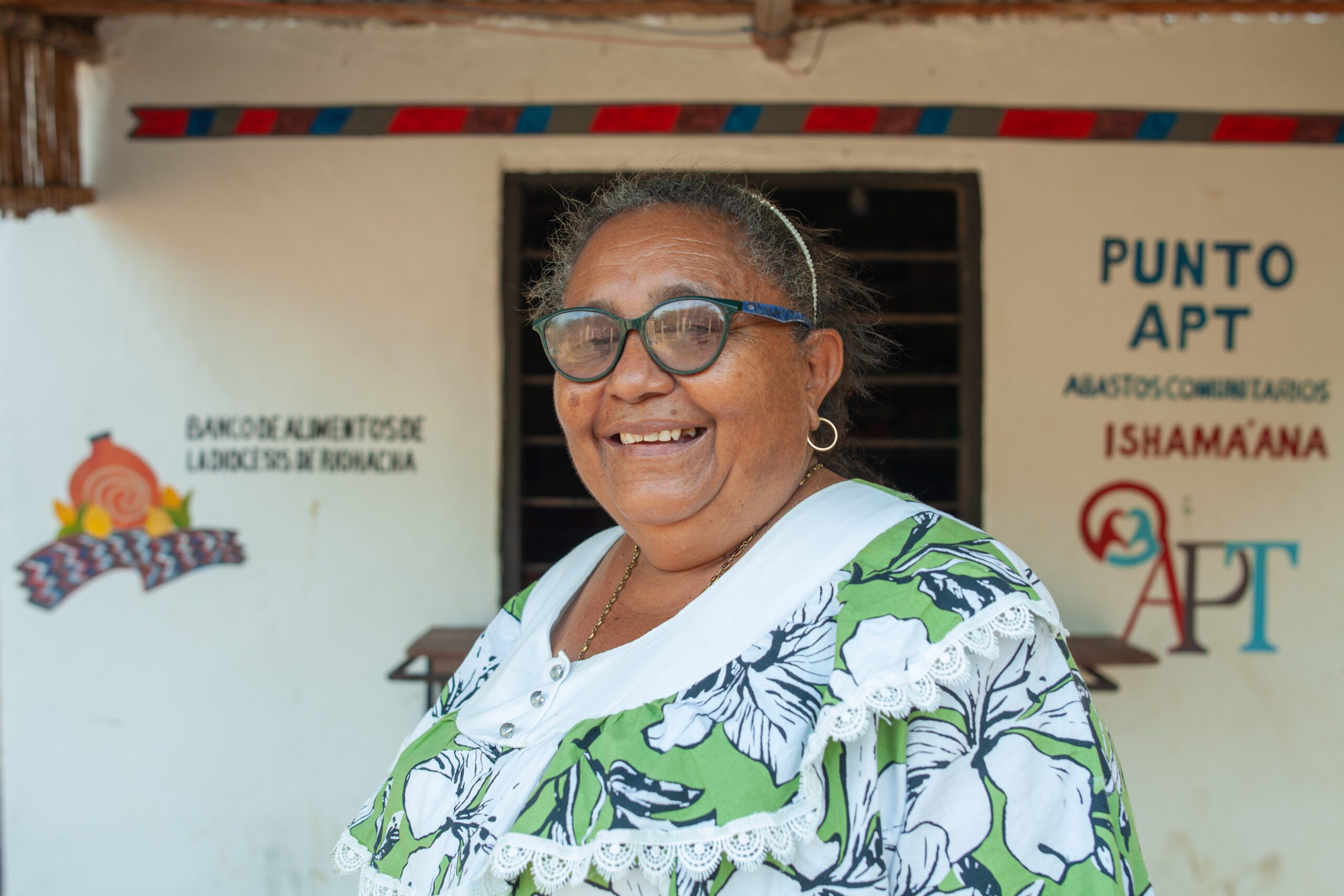
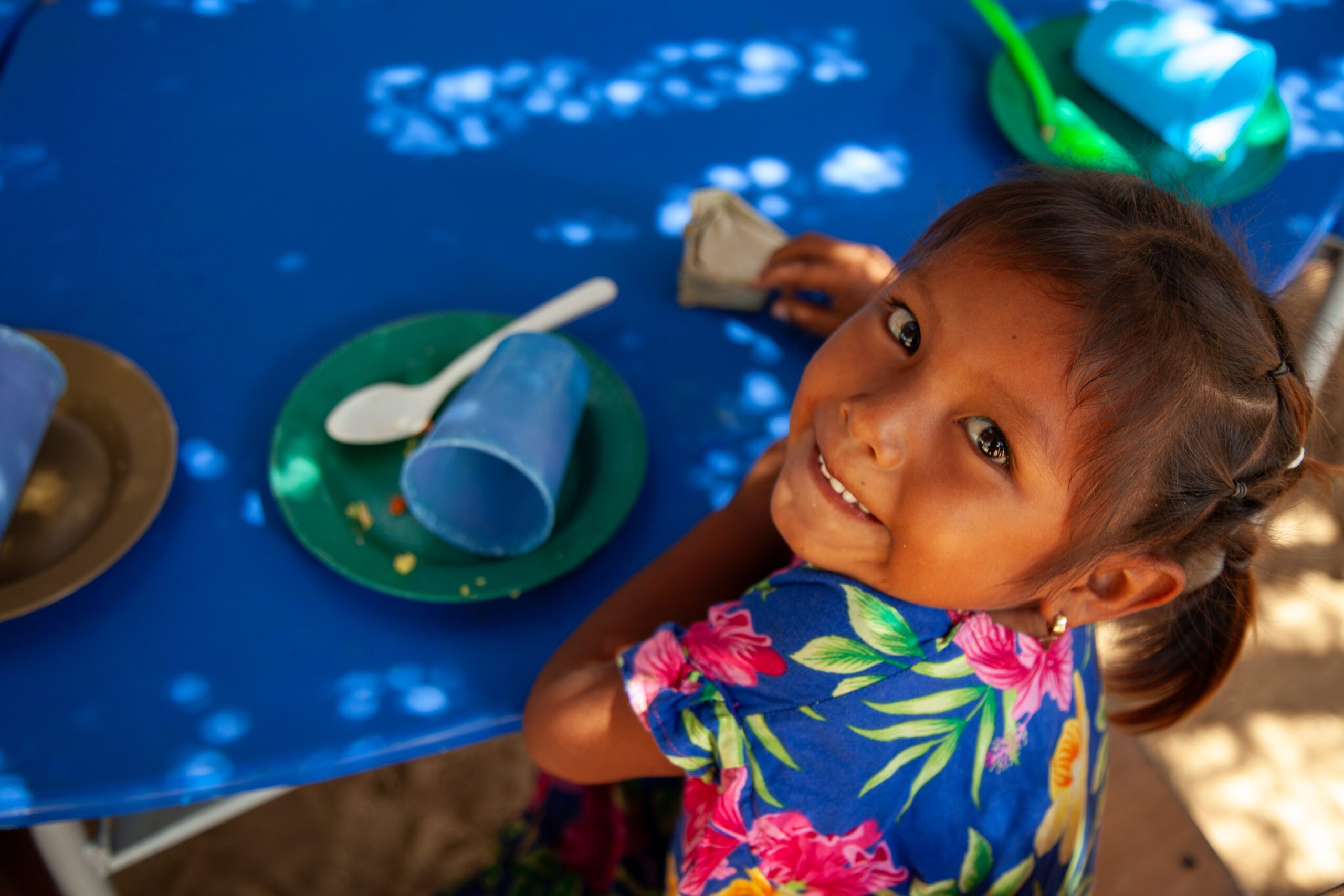
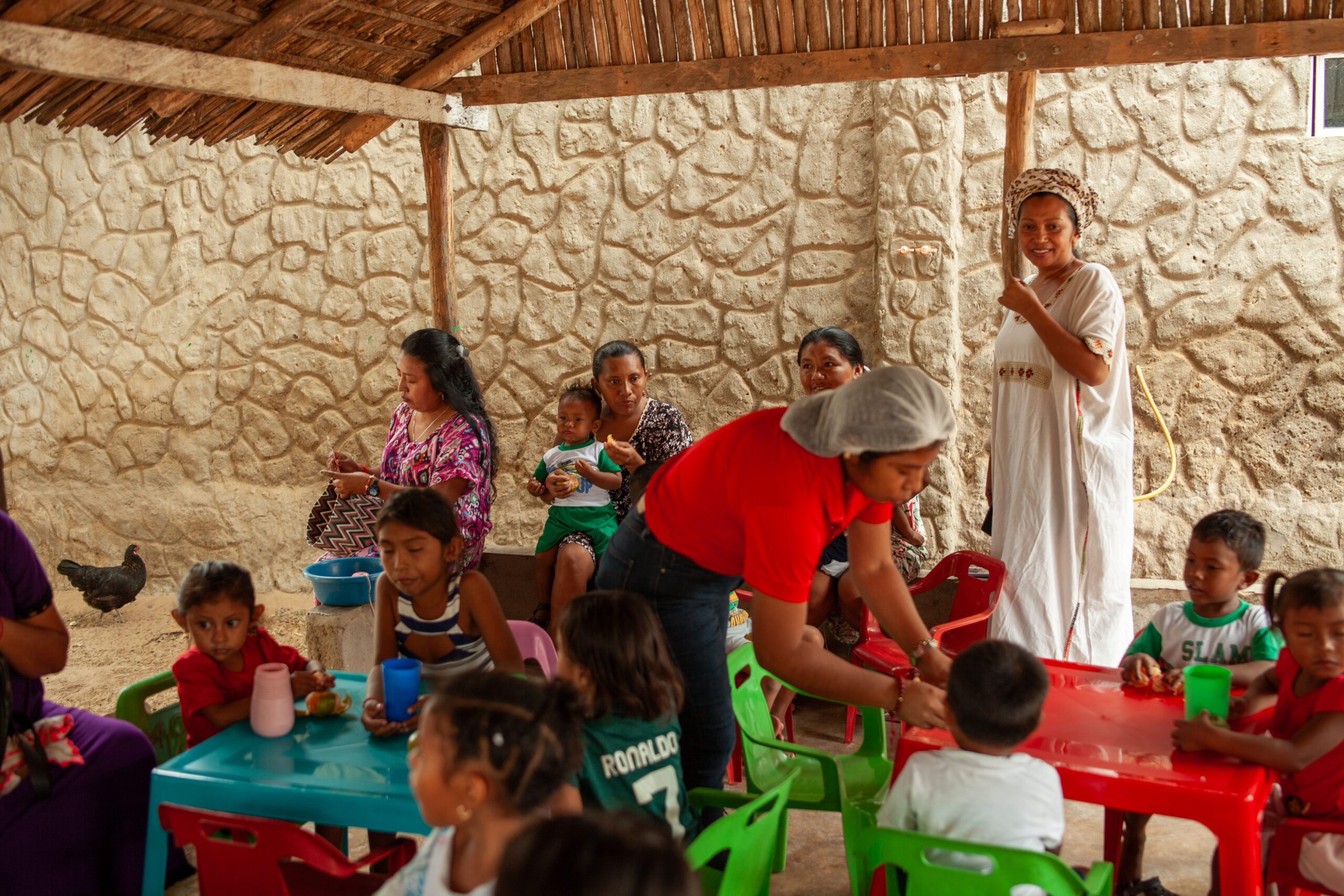
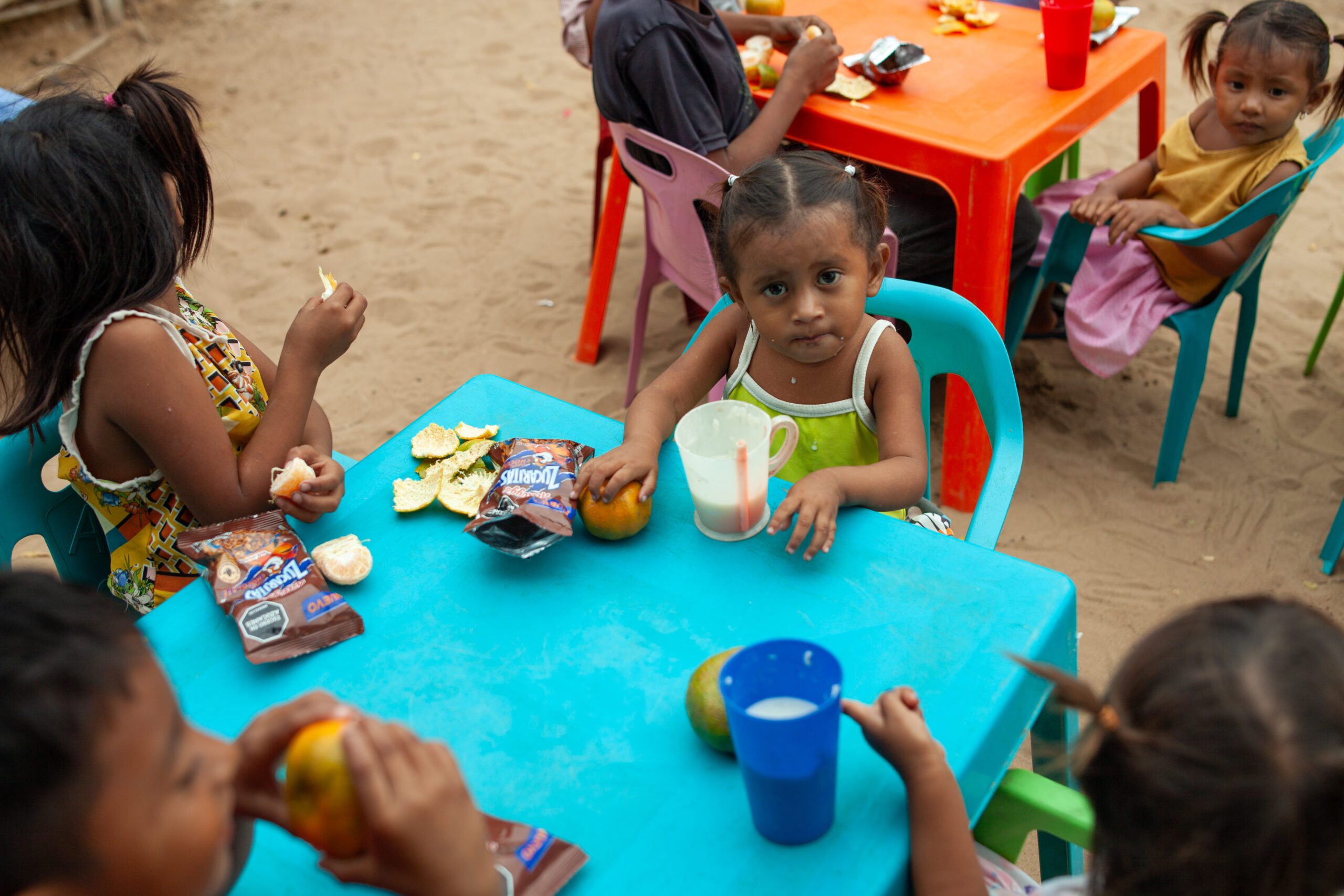
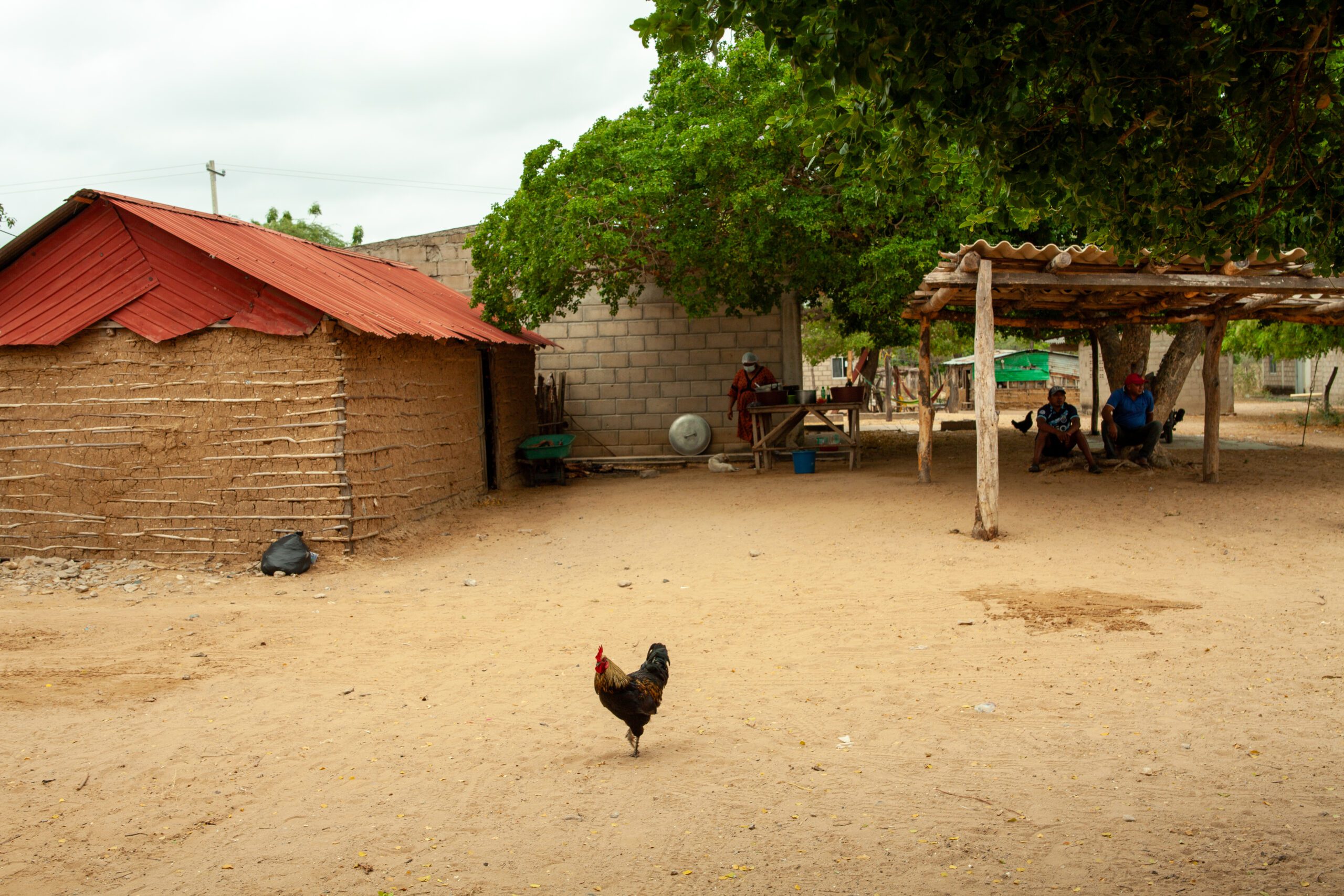
Rebecca Badillo Jimenez, the executive director of La Guajira Food Bank, knew just what a challenge they faced when the food bank was launched in 2019. She had long worked in the ABACO network, having served as executive director of the Barranquilla Food Bank, but La Guajira was unique.
“This land, this region is very unequal,” she says. “It has some of the highest rates of poverty. It’s a region highly vulnerable to natural disasters. It has few public services.”
La Guajira is a desert peninsula that sticks out into the Caribbean Sea, susceptible to both devastating storms and drought. The native wayuu people, who make up more than half of the state’s population, mostly live in rural villages across the state and subsist on raising goats and traditional weaving. But due to a lack of social investment from the state and the corrosive effects of climate change, food insecurity has reached critical levels in many wayuu villages.
“As food banks, we specialize in recovering and redistributing food, but we do much more than that,” says Juan Carlos Buitrago, executive director of ABACO. “We design specialized programs to address the root causes of hunger, and that’s what the food bank in La Guajira set out to do.”
Food support was important in La Guajira, but it wouldn’t be enough, according to Rebecca. She wanted to help communities feed themselves.
Amidst the bleak landscape, color pops from La Guajira. The wayuu are known throughout Colombia and beyond for their vibrant, intricate weaving, most often used to make ornate cylindrical bags known as mochilas.
“We thought about how we could work through the weavers, because that is the productive potential of the wayuu,” Rebecca said. “We wondered how we could support them and the nutrition of their children.”
In communities like Ishama’ana, they met leaders like Rosario and dozens of weavers.
“The process began by identifying women in the community who have children at risk [of malnutrition],” said Maria Alejandra Duran. “And they’d tell us, ‘I know how to sew but I can’t afford thread.’”
Many women faced the choice between feeding their children or buying thread to generate income.
That was how the food bank created the Thread Bank, or Banco de Hilos, launching the program with Rosario in Ishama’ana. It works like this: wayuu women register themselves in the Thread Bank and are given enough thread to be able to weave one bag, in addition to regular deliveries of family food baskets. Once they are finished weaving, the food bank buys the bag from them for about $20, double what they can get at local artisan markets.
“It’s a circular process,” says Maria Alejandra. “You get thread and then come back to us with a finished bag. We send you back to your community with more thread, food and income. And the process starts again.”
Weavers have stable income and food support, while the food bank generates revenue by selling the bags to consumers, allowing them to expand their services to more communities. Since 2021, The Global FoodBanking Network has provided financial and other support to La Guajira Food Bank and the ABACO network to support this initiative and other work with wayuu communities.
Rosario says the impact among weavers in Ishama’ana has been tremendous.
“The weavers have progressed a lot. Their lives have changed,” she says. “They can now afford to dedicate themselves to their artisan work.”
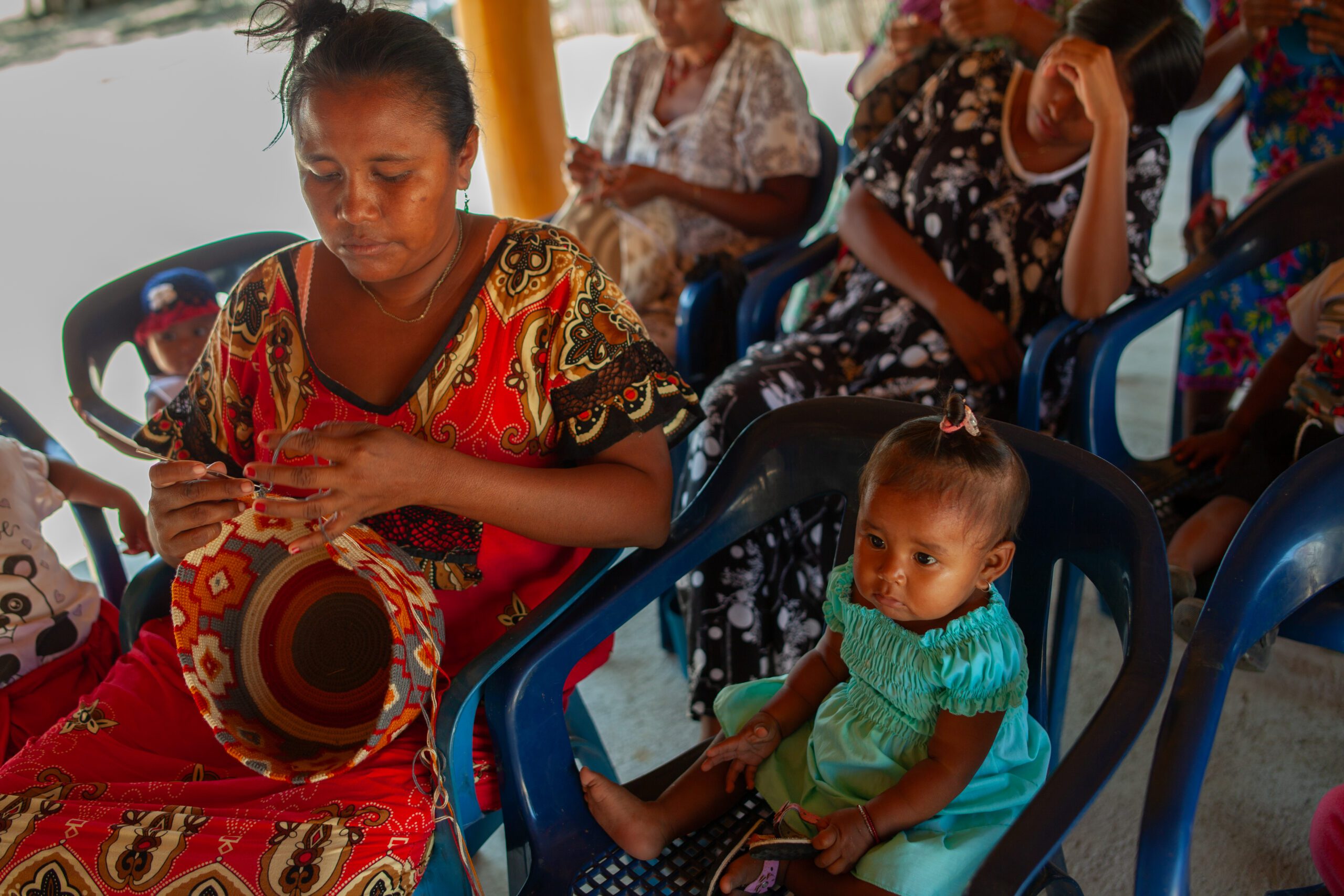
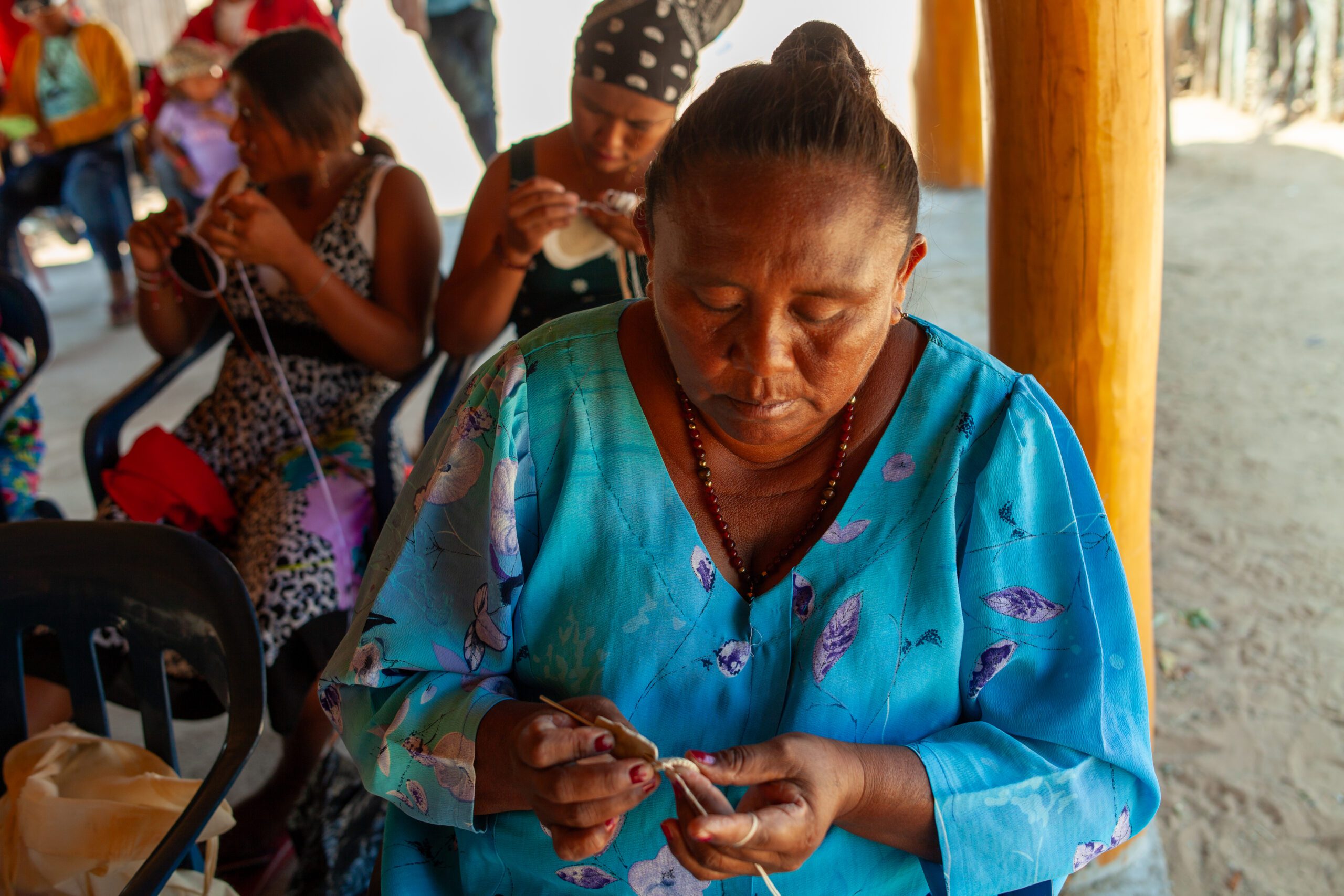
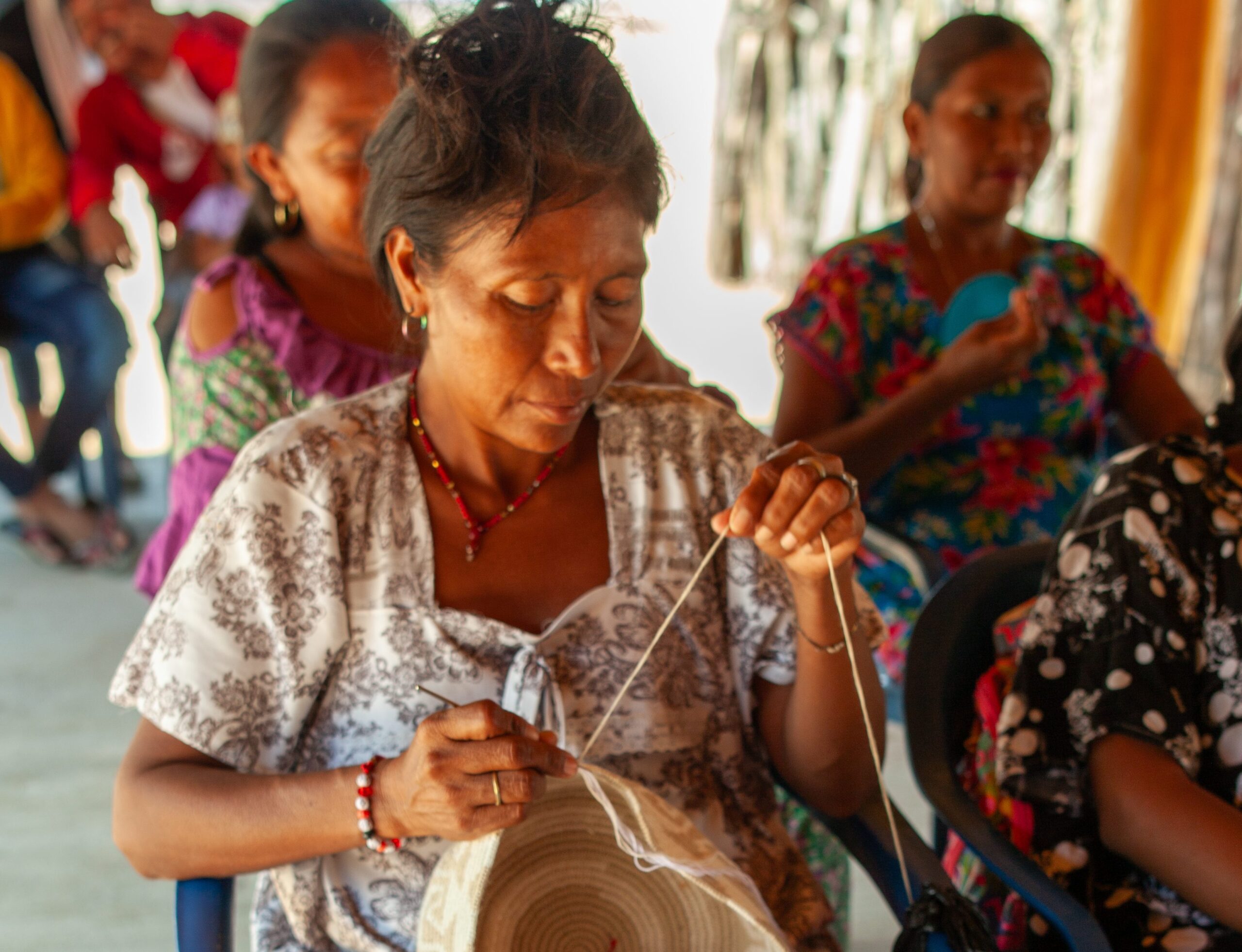
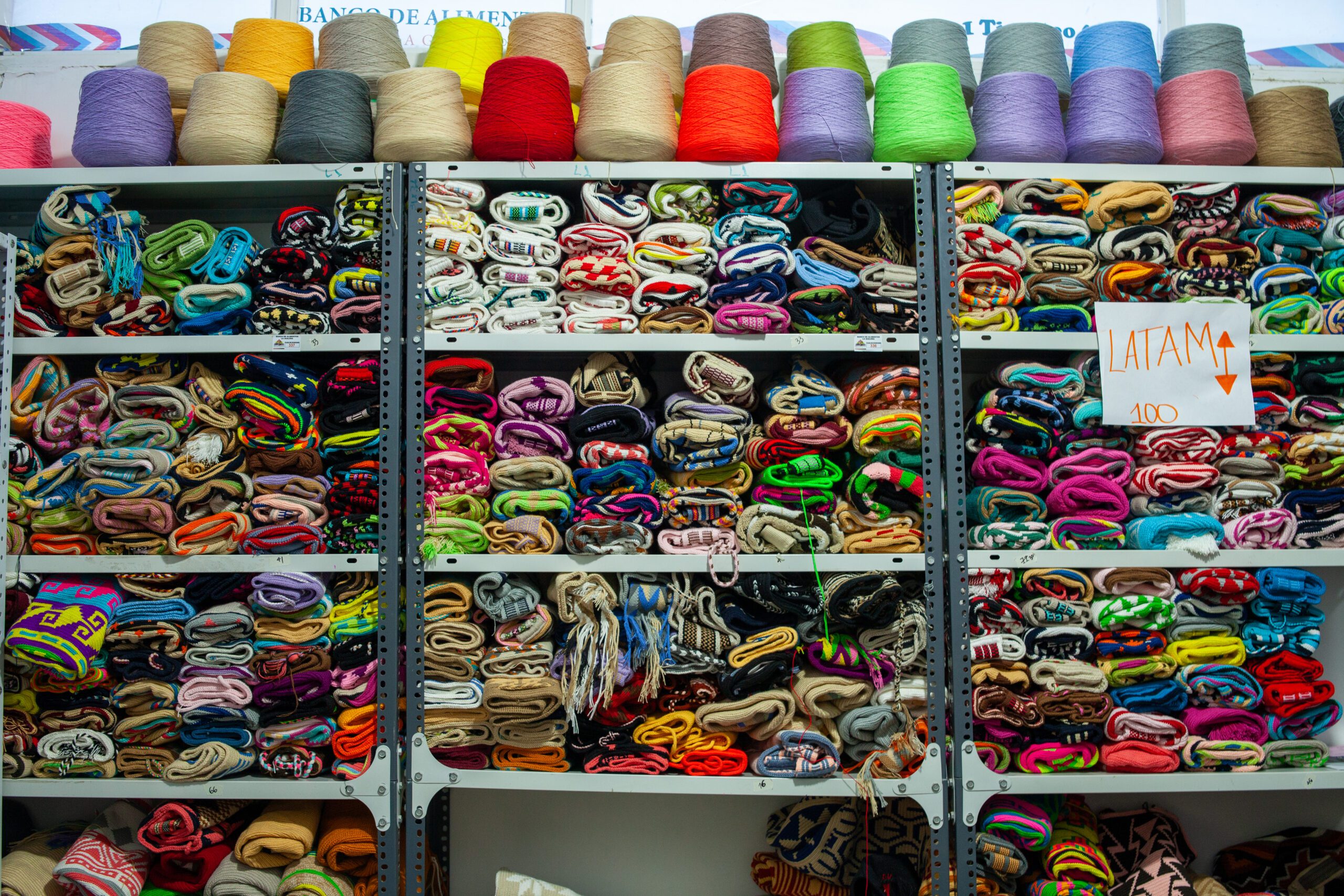
As the food bank expanded to more wayuu communities, they identified other challenges and solutions based on the same idea as the Thread Bank, says Badillo.
“We wanted to figure out how to make investments in communities so that over time, they could sustain a local economy themselves, and the day would come when they are self-sufficient and don’t need external support.”
Every step of the way, Rosario and the community in Ishama’ana worked hand in hand with the food bank to develop new programs.
“We’re involved in every food bank program because of the responsibility we feel for the work, for the well-being of our community,” Rosario says.
Maria Alejandra says local leadership is important: “What we want is for communities like Ishama’ana to become protagonists of their own development, and we’re just helping them along the way.”
Another challenge was access. Most wayuu communities are food deserts, lacking even a simple corner shop. People must travel by motorcycle and then bus to get to a store, which can cost as much as a day’s wages.
So La Guajira Food Bank helped communities open a Solidarity Store. They provide the first supply of the store — rice, beans, pasta, salt, sugar, produce, cleaning and hygiene products, and other staples — and put the community in charge of running it. They price items at below-market rates so it’s affordable. With what the store earns — which is held in a community-run fund — they restock at the. And the cycle continues.
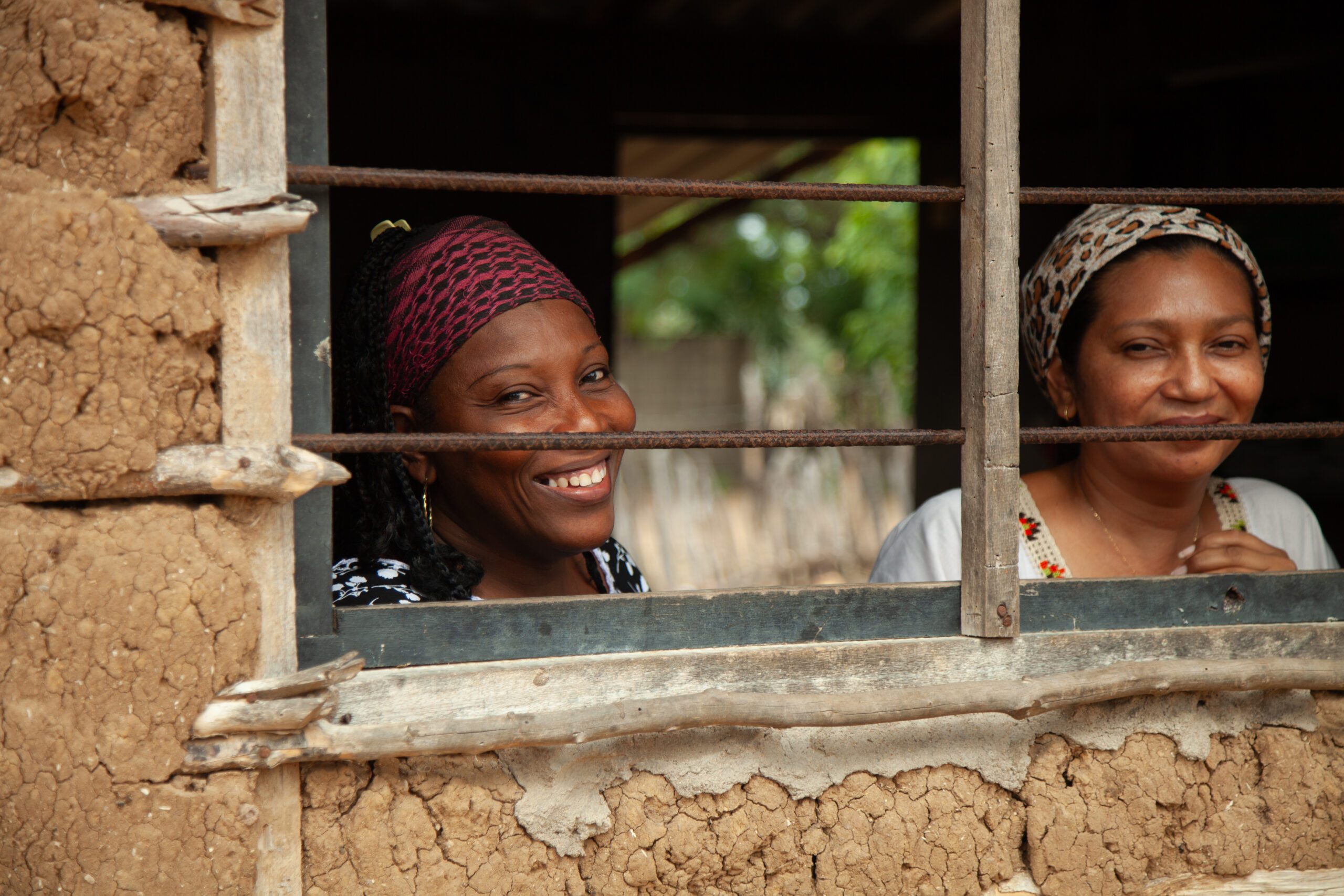
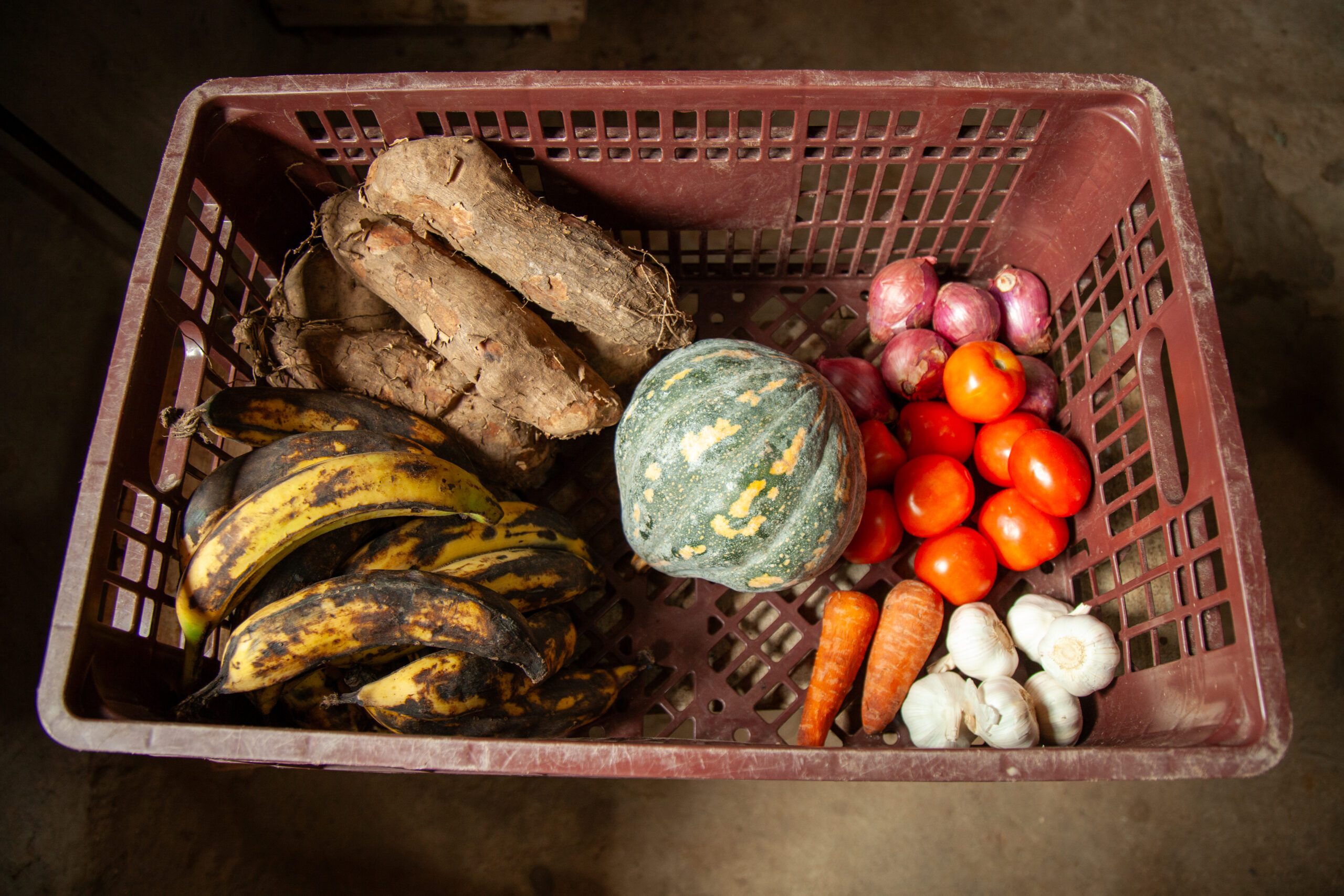
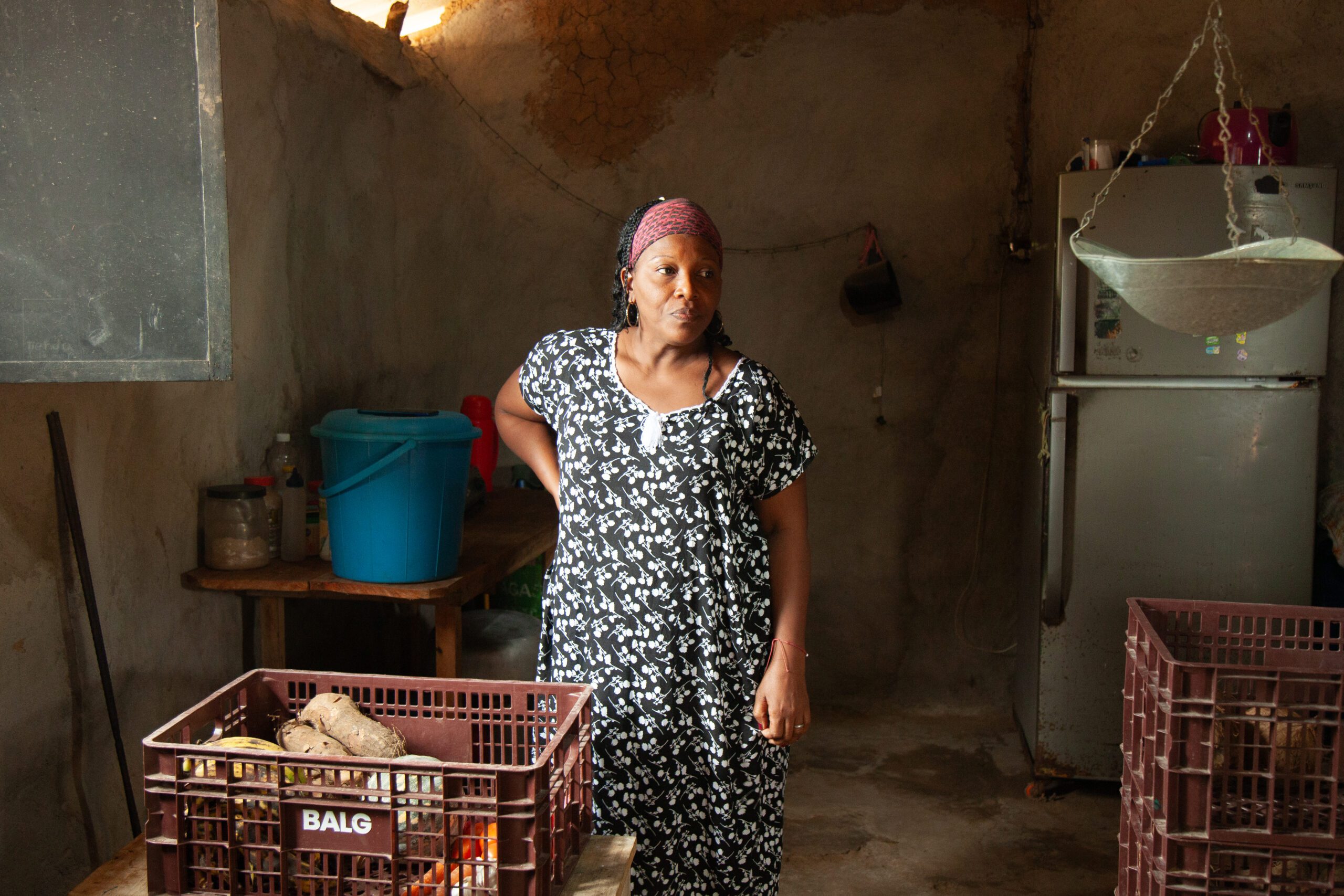
“This shop supplies Ishama’ana and about 12 other small communities around us,” Rosario says as she counts out change for a young girl buying a bag of rice for her mother. She smuggles a little chocolate among the change and slides it to the girl with a wink. “The closest other shop is in another community down the road, but the prices are higher there.”
Next came chicken raising. The food bank donates baby chicks and the materials to build a pen and raise the chickens to maturity, either for slaughter or for laying eggs. The community sends a portion of what they produce back to the food bank — to be distributed to other communities in need — and they keep the rest, free to sell it for revenue for the community fund or use it for communal meals.
They’re doing the same with community gardens, donating seeds and materials to get farming started.
“What the food bank does is donate the first seed, whether it’s for farming, for raising animals, for weaving, and what the community gets from that, they sell to plant more, to grow more,” says Maria Alejandra.
This suite of programs for wayuu communities, known as Food for All, or Alimento para Todos, has evolved organically since 2019, with Rosario and Ishama’ana at the helm.
“Ishama’ana has accepted all the challenges and pilot projects the food bank has proposed,” says Rebecca. “Ishama’ana has become the reference point for other communities where we’re working.”
Faced with such challenging circumstances, intelligent program design based on self-sustaining activities was important. But something else was much more fundamental, says Rebecca.
“If we don’t find women like these, Rosario and other women in the community, we are not really going to see the change we want,” she says. In the matriarchal wayuu society, Indigenous women leaders like Rosario are taking on the challenge. And they’re reaping the benefits.
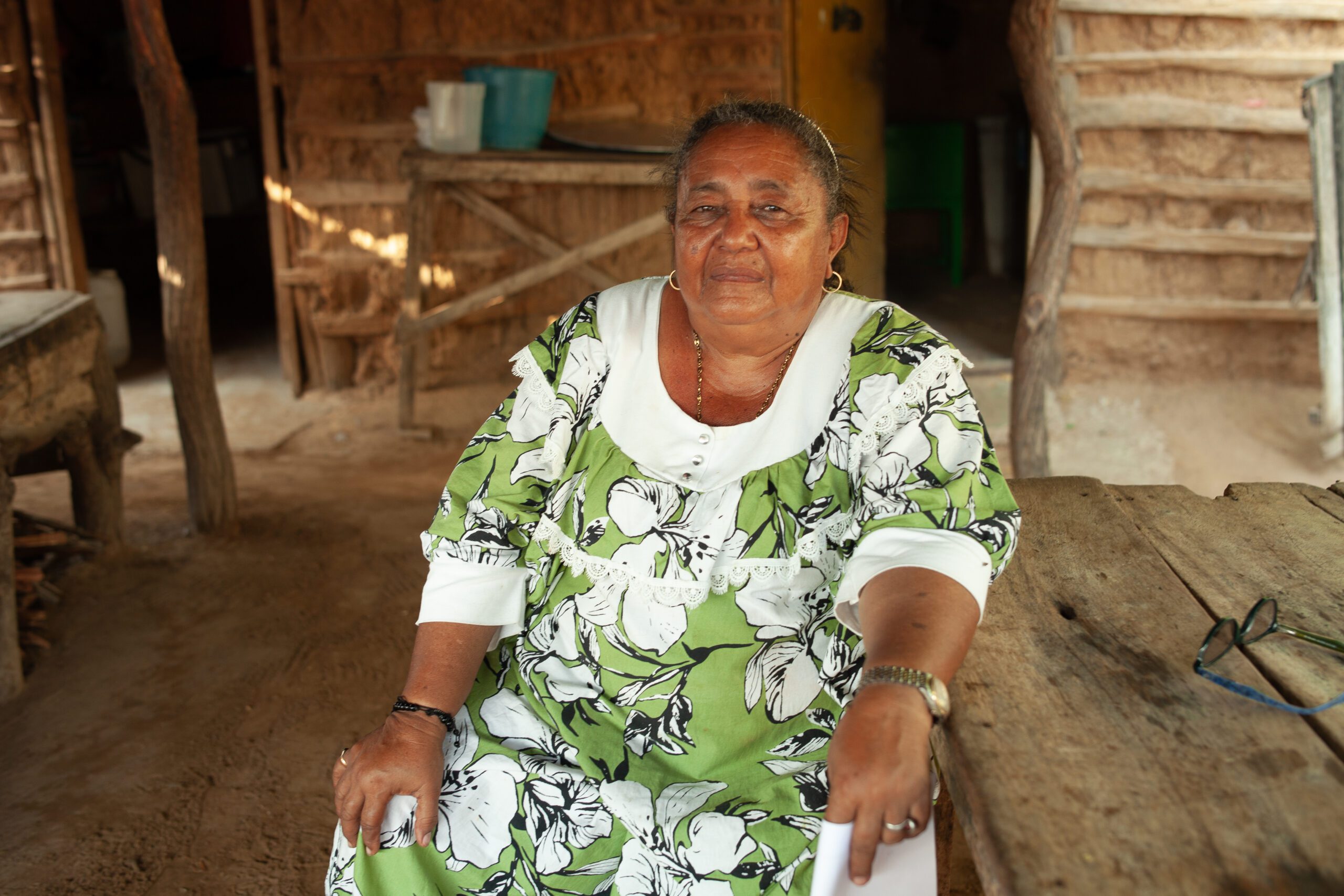
When La Guajira Food Bank first visited Ishama’ana in 2019, they at risk of acute malnutrition and enrolled them in a specialized feeding program while registering their mothers in the Thread Bank program. Today — and since 2023 — there is not a single child in Ishama’ana at risk of acute malnutrition.
“The food bank has been wonderful, it has transformed lives and the well-being of our community,” says Rosario. “People come and admire our community and see that it can be done. Change is possible.”
By the end of 2024, La Guajira Food Bank had registered 449 wayuu women across 28 communities in the Thread Bank. Dozens of other communities have opened Solidarity Stores and are beginning chicken raising and farming programs.
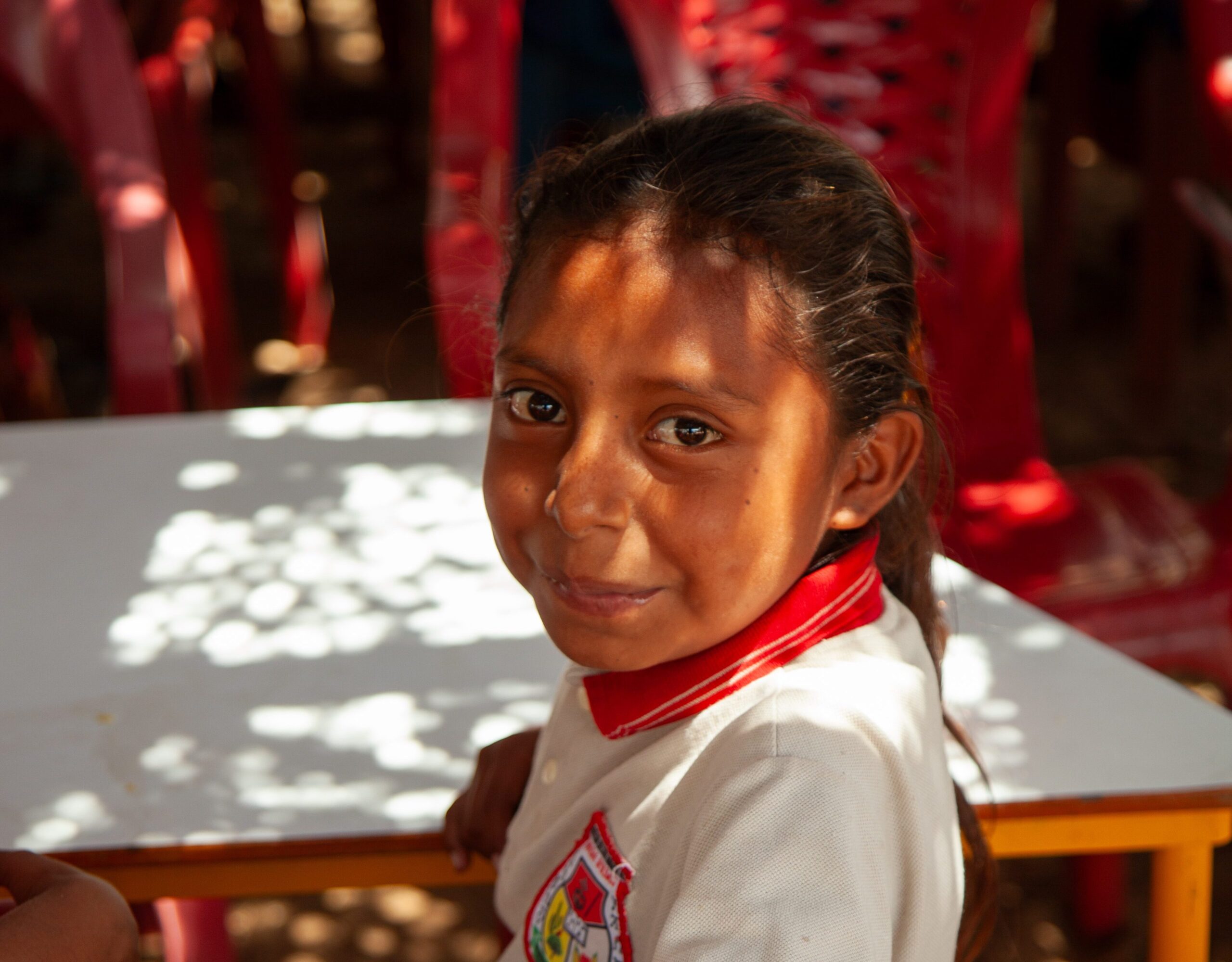
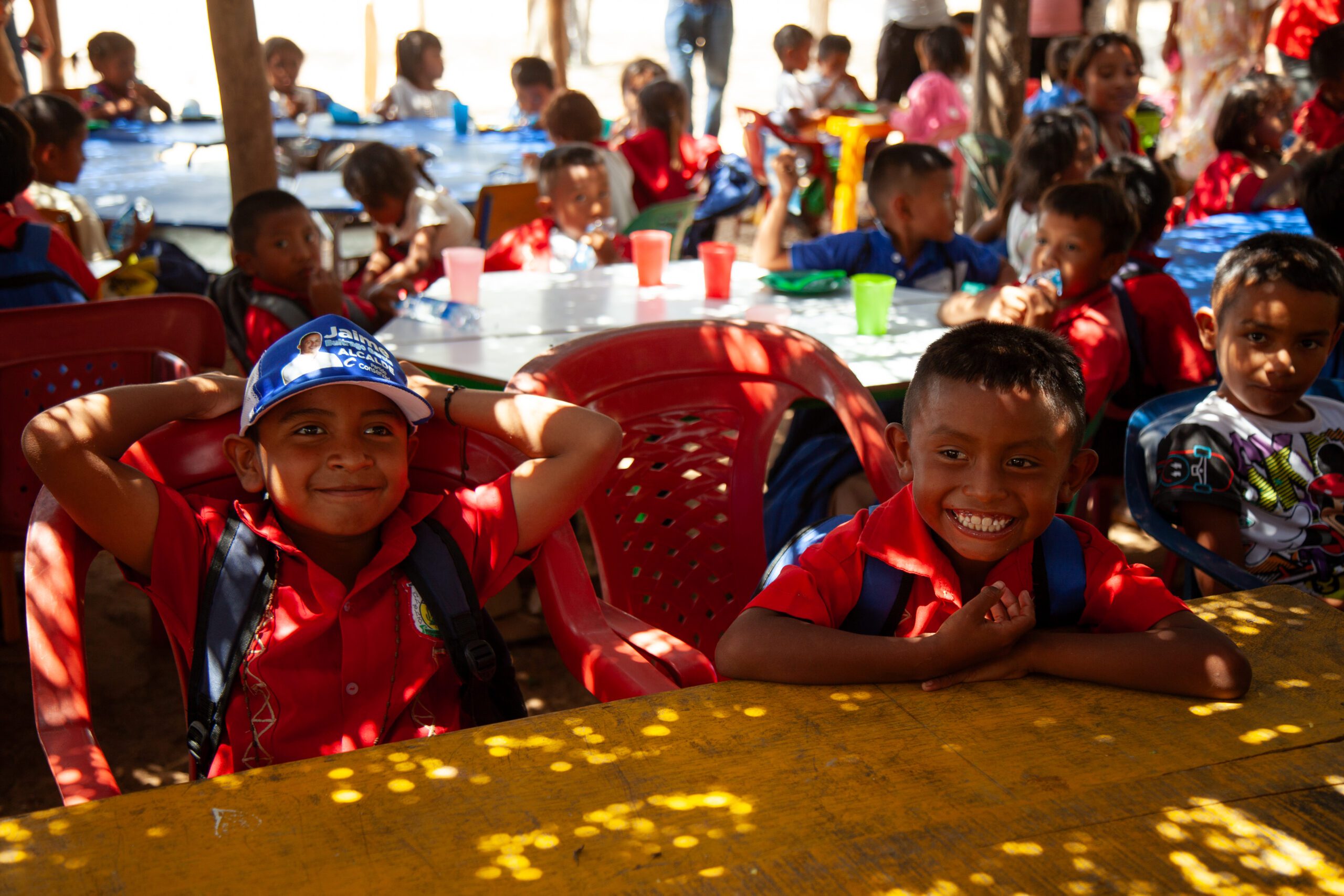
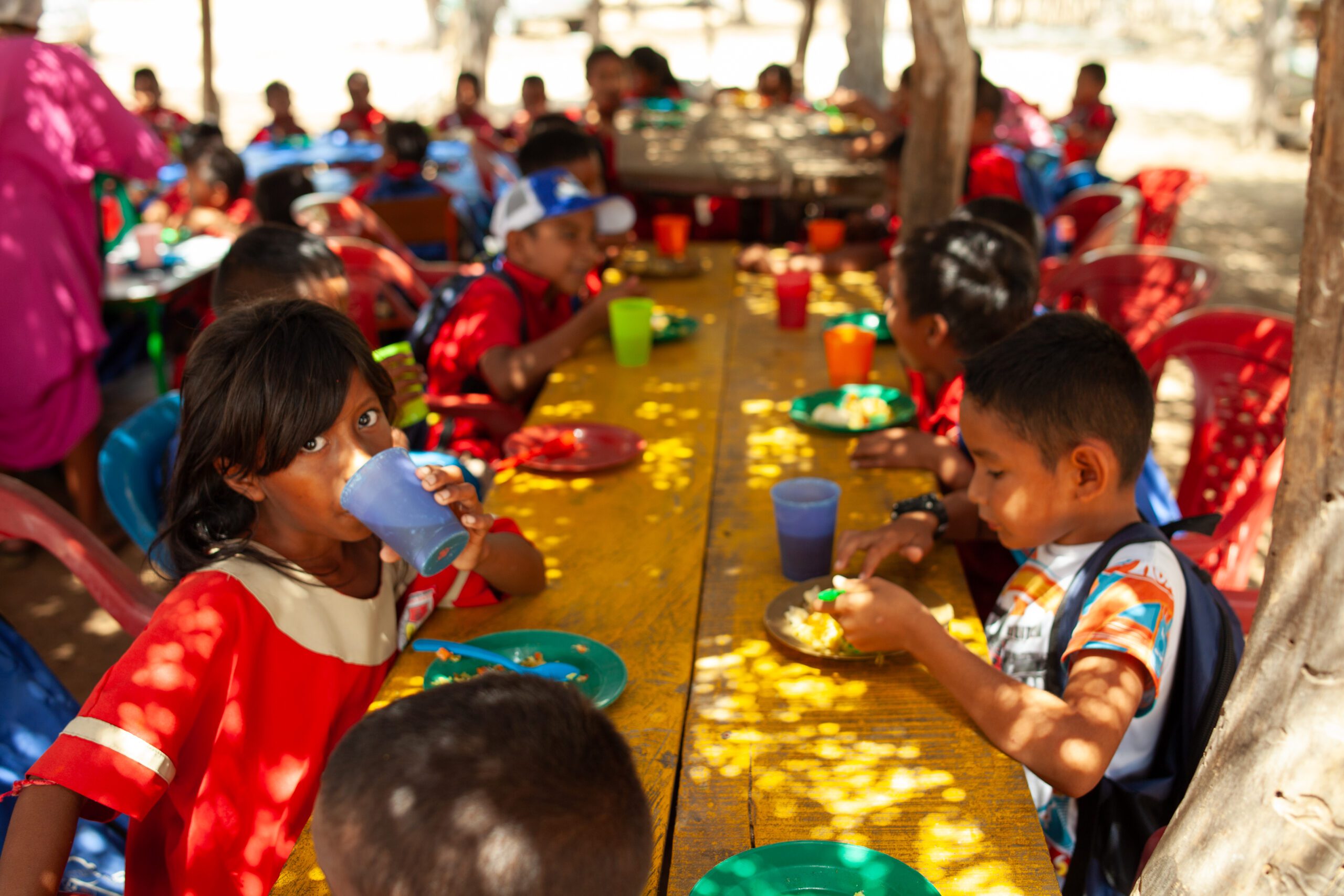
As the schoolchildren in Ishama’ana lean back in their chairs, satisfied after a hearty lunch, they joke and play and laugh, antsy to keep moving. Rebecca looks on with a smile.
“You can see it: the children of Ishama’ana are healthy, they’re active, they’re happy,” she says. “Knowing we can contribute to that is wonderful and motivates us to continue in other communities.”
